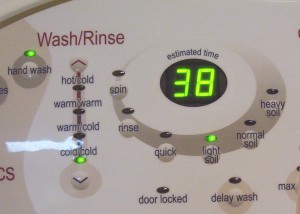 Dear Quilters, Quilt Owners and Readers,
Dear Quilters, Quilt Owners and Readers,
My book, “Quilt Care, Construction and Use Advice, How to Help Your Quilt Live to 100” was available on Amazon but the printing quality was not good. I have had it professionally redesigned by Chris Hoffmeister, Western Sky Designs, and printed locally by PBR Printers, Cheyenne.
To arrange to purchase a copy, please contact me at bgorges2@gmail.com. The cost is $9.95 plus sales tax and shipping (at whatever rate you prefer).
The book is based on the columns I wrote for the Wyoming State Quilt Guild’s newsletter and posted here. The information has been updated with the assistance of Jeananne Wright, AQS-certified quilt appraiser and antique quilt expert. The 48-page book is illustrated with 32 black and white photos. It’s printed on slick paper and has a full-color paperback cover.
Here is a list of the chapters:
Make – Quiltmakers need to think about quality materials and techniques when constructing a quilt.
Test – How do you test for washability and light-fastness of fabrics for those special quilts?
Use – What’s the best way to make a bed with a quilt?
Display – Keep fading even if not absent; learn stress-free way to hang a quilt.
Air – Sometimes all a quilt needs is a little airing.
Wash – What do you need to know before you wash a quilt?
Dry – Air-dry or machine-dry, it’s all about the balance between abrasion and migration.
Store – Where to find a clean, unlighted place for your quilt to rest.
Appraise – Showing a homemade quilt is worth something could encourage future owners to take better care of it.
Insure – A quilt is an investment, in time and effort, if not money. Protect it.
Ship – There’s much to consider when shipping a quilt to a show or its new owner.
Sign – Find out how to make a label about the quilter and the quilt to sew on the back. The more information, the more important the quilt could become in the future.
Find out more about this and my other book, “Cheyenne Birds by the Month,” at https://yuccaroadpress.com/.
Thanks,
Barb Gorges










